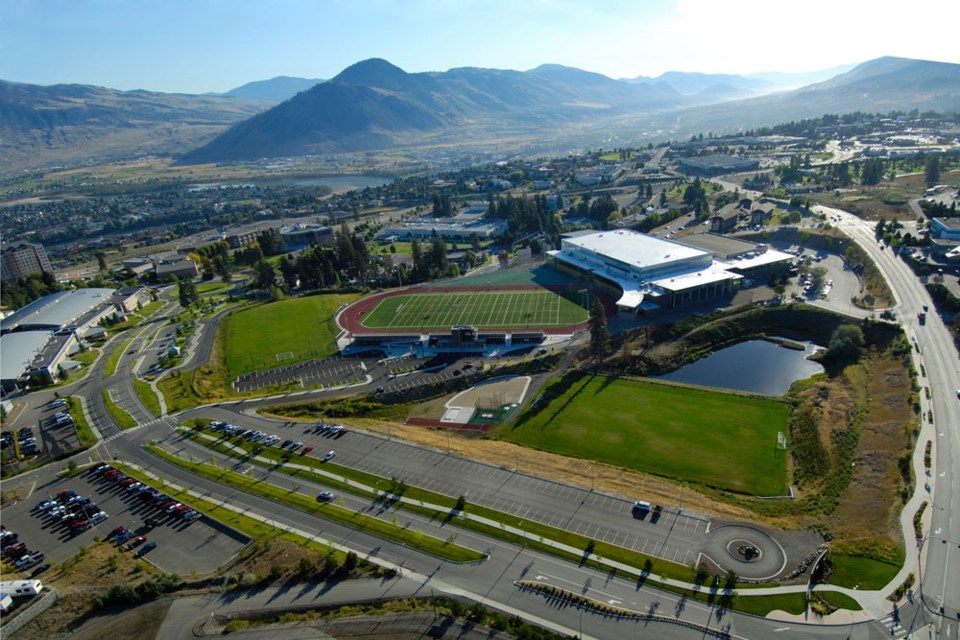1. Kamloops
B.C.’s fifth-biggest city is poised for an economic breakout year in 2017. With a diversified economy, relative proximity to Metro Vancouver and world-class skiing, lakes and golf, is it also a central transportation hub with three regional highways and two rail lines. House prices are lower than the Canadian average and about a third of those in the Lower Mainland. The Kamloops rental vacancy rate is tightening, yet investment condominiums can be found for less than $200,000. For aspiring developers, a newly opened 250-acre site surrounding Thompson Rivers University (TRU) in Kamloops is the largest such opportunity in the region. The TRU’s Reach project has 90 acres for sale, including sites for three million square feet of residential. The Thompson Rivers University Community Trust is leading the sale of the land.
2. Coquitlam
The arrival of the SkyTrain Evergreen extension this year firmly loops Coquitlam into Metro Vancouver’s ongoing residential boom, but also makes it more attractive for commercial development near SkyTrain hubs, such as Lougheed and Burquitlam. Building permits have been averaging $20 million a month for a year. Coquitlam is also a white-hot industrial market, with a 1.5 per cent vacancy, among the lowest in Canada. Light industrial and office space will be included in the Village at Fraser Mills, a new and mostly residential development on Coquitlam’s Fraser River waterfront.
3. St. Albert
The only Alberta city on the top-five list earned its rank, and not only because it is the sole source for every bottle of beer, wine and spirits in the province from the Alberta Gaming and Liquor Commission’s new 470,000-square-foot distribution centre. An affluent city close to Alberta’s capital, St. Albert is transforming into an important commercial and industrial hub. More than 600 acres have been serviced for non-residential development on the city’s Employment Lands project, while new homes are being built for 15,000 people in new subdivisions. As the oil price ascends, Alberta looks promising for 2017. Diversified and progressive St. Albert will be among the leaders in the real estate recovery.
4. Terrace
Federal government approval of a $36 billion liquefied natural gas export facility for northern B.C. simply cemented Terrace’s role as the key service and staging centre in northwest B.C. Here are two clues: average house prices in Terrace increased from a year ago while they declined in most resource-based northern cities. Also, China-based Taisheng bought 1,200 acres and is expanding industrial development next year at the Skeena industrial park. As well, Northwest Community College is expanding with medical degrees and trades training, and three new hotels are built or under construction. The rental vacancy rate is a tight 2.5 per cent.
5. Nanaimo
An oceanfront port city, Nanaimo has the potential to become the pressure valve for Lower Mainland housing and export growth. Building permit values, averaging $30 million per month this year, already eclipse those of larger Lower Mainland suburbs. House prices, are a third that of those in Metro Vancouver, and fast-passenger ferry service is on the horizon to augment BC Ferries and air links to the big city. Tourism is a growing force, with BC Ferries traffic up 6 per cent this year to 4.4 million passengers and Nanaimo air passengers up nearly 12 per cent. In August, hotel occupancy rates topped 90 per cent.
– With research from Jacob Parry



